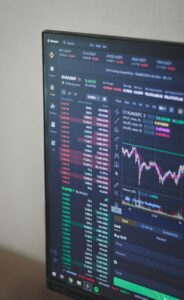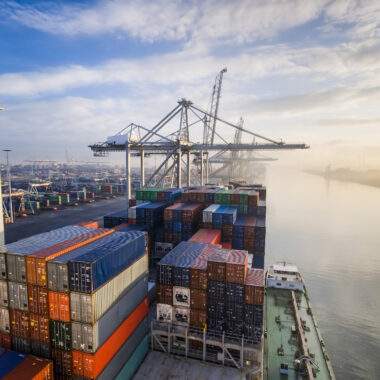A guide to disputes in 2022
Exploring what the year ahead holds for disputes
Following on from Part 2 of our three-part series on what 2022 holds for disputes where we discussed the impact on disputes of the M&A and private equity market, and the transition from LIBOR to SONIA, in this third and final part, we explore the impact of ESG and litigation funding on the disputes market.
Environmental, Social and Governance (ESG)
The topic of ESG, and what it means for company reputations and profit margins, has been around for a number of years. It has recently gained prominence, however, by highlighting inequalities between and within communities due to a combination of increased awareness of the dangers posed by global climate change, civil society activism, high profile corporate scandals, the role of social media and the COVID-19 pandemic.
An apparent lack of consensus over what ESG is and how it is to be measured and reported means there is potentially considerable scope for misunderstanding, fraud and litigation. Investors and corporates therefore need to approach business with a new lens to take account of ESG by identifying what data is relevant, how to collect and analyse it and what any financial implications might be. The development of ESG-relevant laws and regulations means compliance will also become a growing focus.
Already certain jurisdictions have found in favour of claimants in cases against corporates’ global emissions and ESG statements. This is illustrated in the recent decision by a Dutch court to rule in favour of the claimants in a class action against energy company Royal Dutch Shell, where by failing to commit to a sufficient reduction of its emissions, it was found to be a breach of duty of care to Dutch citizens. Numerous similar cases have been heard or are before the courts in Germany, France, Australia, Italy and the US, to name a few.
The scope of litigation, however, goes far beyond the E in ESG and could encompass claims as varied as misrepresentation, breach of disclosure rules, fraud, health and safety, treatment of staff, supply chain etc. As governments and the courts clarify which body of law and regulations apply, we can expect a growing caseload of ESG related claims in future, many of which will require the innovative application of forensic accounting expertise in calculating damages.

Litigation funding: can firms afford to enter into disputes given current circumstances?
In our guide to disputes in 2021 we considered whether firms could afford to enter into disputes and litigation given the COVID-19 related circumstances. It is undeniable that some organisations have suffered and continue to suffer cashflow deficiencies due to the pandemic, particularly now that much of the government’s financial support has ended. Indeed we note with interest a recent study published in June 2021 which found that where in-house legal and practice lawyers had not used litigation funding, the main reason was due to corporates not requiring external funding, rather than any negativity or nervousness towards the use of litigation funding.
However, in light of RPC’s research reporting that UK litigation funder assets had reached £1.9bn and recent announcements concerning law firms Mishcon de Reya and Gateley Legals’ partnerships with litigation funders, together with their respective ‘war chest’ investments, we are left in little doubt that demand for litigation funding in the UK is set to continue to rise. The UK’s growing appetite for group litigation also appears to factor in the continuing growth of litigation funding, with Mischon de Reya’s partnership with Harbour Litigation Funding enabling nine potential actions, including those against Hiscox, Royal Bank of Scotland and British Telecom.
Despite any remaining nervousness surrounding the self-regulation of the sector, litigation funding remains a mechanism to provide those with limited financial resources the opportunity to seek a remedy in relation to meritorious legal cases. Early involvement of a forensic accountant can assist the decision to fund (or seek funding) by providing an indicative assessment of quantum in the claim.
Conclusion
Whilst we have not seen the upsurge in disputes and litigation anticipated at the time of our article in early 2021, all the signs are that the wave has merely been delayed, rather than becalmed. This is not without precedent, as the upsurge in disputes activity following the global financial crisis of 2008/09 took some time to fully surface.
We discussed in Part 1 of this series how complex business interruption claims arising from COVID-19 are starting to make their way through the courts and how the gates may now have been opened for collective actions.
In Part 2 we discussed how the stage is set for major post M&A disputes arising from the buoyant transactions market during 2021 and the hugely significant transition from LIBOR to SONIA which will impact on new and existing financial contracts.
In Part 3 we discussed the growing prominence of ESG issues where concerns over corporate responsibility are likely to give rise to a new wave of disputes and how access to justice for meritorious claims is also unlikely to be hindered, with litigation funding options and assets also on the increase.
Within this dynamic and challenging environment, we consider that forensic accountancy and technology skills are likely to be in demand, helping to bring a successful outcome to disputes and litigation. We are excited to see how the next 12 months unfolds.








